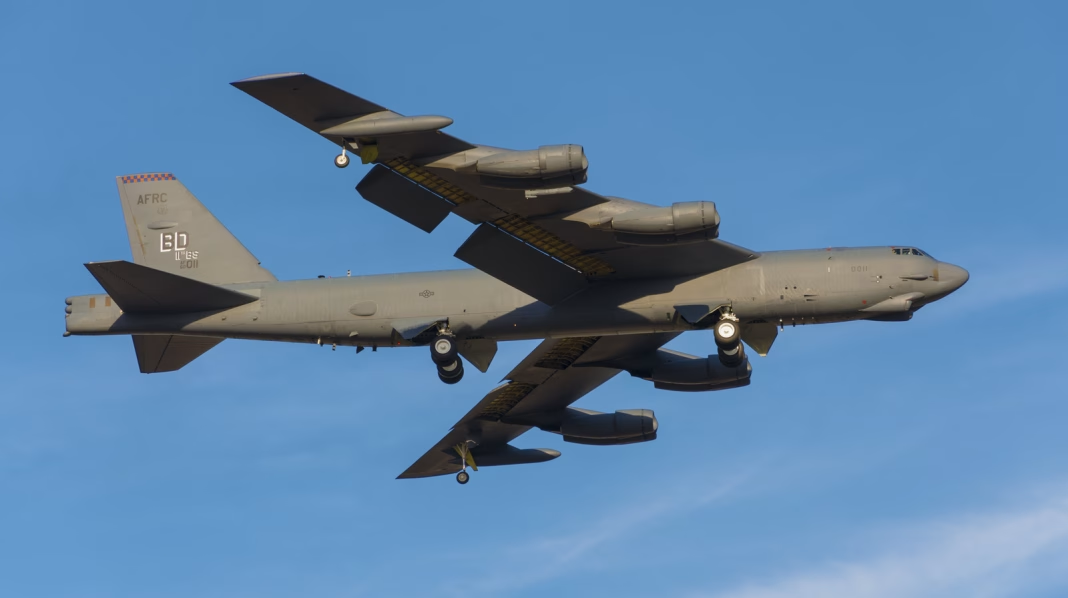How Did a B-52 Nearly Collide with Two Planes—and What Does It Mean for Aviation Safety?
When news breaks about a near-miss involving a massive B-52 bomber and not just one, but two other aircraft, it’s natural to wonder: How could something like this happen in an era of advanced radar, strict air traffic control, and rigorous pilot training? The preliminary report on this incident doesn’t point fingers, but it’s clear—this is the kind of close call that simply can’t be allowed to repeat.
What Went Wrong During the B-52 Incident?
Let’s break down what’s known so far. The B-52 Stratofortress, an iconic long-range bomber, was operating in controlled airspace when it came dangerously close to colliding with another plane. And then, in a twist that reads like something out of a thriller, it nearly hit a second aircraft as well. The preliminary investigation is careful not to assign blame, but the facts are unsettling: multiple layers of safety—pilot vigilance, air traffic control, and onboard systems—were all tested, and the margin for error was razor-thin.
Aviation experts often say that safety depends on a “Swiss cheese model”—several layers of defense, each with its own holes, but rarely do those holes line up. In this case, they nearly did. According to the Federal Aviation Administration (FAA), there are about 30 near-miss incidents involving commercial and military aircraft in U.S. airspace each year, but very few involve heavy bombers like the B-52.
Why Are Near-Misses Still Happening Despite Modern Technology?
It’s tempting to think that with today’s technology—collision avoidance systems, digital communications, and real-time tracking—these incidents should be a thing of the past. But technology isn’t foolproof. Human factors remain a significant variable. Fatigue, miscommunication, and even momentary lapses in attention can override the best systems.
A 2023 study from the National Transportation Safety Board (NTSB) found that nearly 60% of near-miss incidents involved some form of human error, whether by pilots, controllers, or ground crew. In military aviation, the stakes are even higher due to the size, speed, and complexity of the aircraft involved.
What Steps Are Being Taken to Prevent Future Close Calls?
After any near-miss, the aviation community springs into action. Investigators pore over flight data, cockpit voice recordings, and radar logs. The goal isn’t just to understand what happened, but to spot patterns and weaknesses in the system. In the wake of this B-52 incident, several measures are already under discussion: enhanced simulator training for pilots, stricter protocols for airspace coordination, and upgrades to collision avoidance technology.
The U.S. Air Force, for example, has recently invested in next-generation Traffic Collision Avoidance Systems (TCAS) for its bomber fleet, aiming to reduce the risk of human error. Meanwhile, the FAA is piloting new airspace management software designed to give controllers a clearer, more intuitive picture of fast-moving military and civilian aircraft.
How Do Pilots and Controllers Manage High-Stakes Situations?
Pilots and air traffic controllers train for years to handle emergencies, but nothing quite prepares you for a split-second decision at 30,000 feet. In interviews following similar incidents, pilots have described the heart-stopping moment when an alert sounds and evasive action is needed. One veteran B-52 pilot put it this way: “You trust your training, but you also trust your gut. Sometimes, that’s what saves you.”
Controllers, too, face immense pressure. They juggle dozens of aircraft at once, often in crowded airspace. A single misheard instruction or delayed response can have cascading effects. That’s why ongoing training and mental health support are becoming standard in the industry.
What Can Everyday Travelers Learn from This Incident?
While it’s easy to feel uneasy hearing about near-misses, it’s worth remembering that air travel remains one of the safest modes of transportation. The systems in place are designed to catch errors before they become disasters. Still, transparency and accountability matter. When close calls happen, the public deserves to know what went wrong and what’s being done to fix it.
The big takeaway? Aviation safety isn’t about perfection—it’s about smarter adjustments. Start with one change this week, and you’ll likely spot the difference by month’s end. Whether you’re a pilot, controller, or just a frequent flyer, staying informed and vigilant is the best way to keep the skies safe for everyone.


